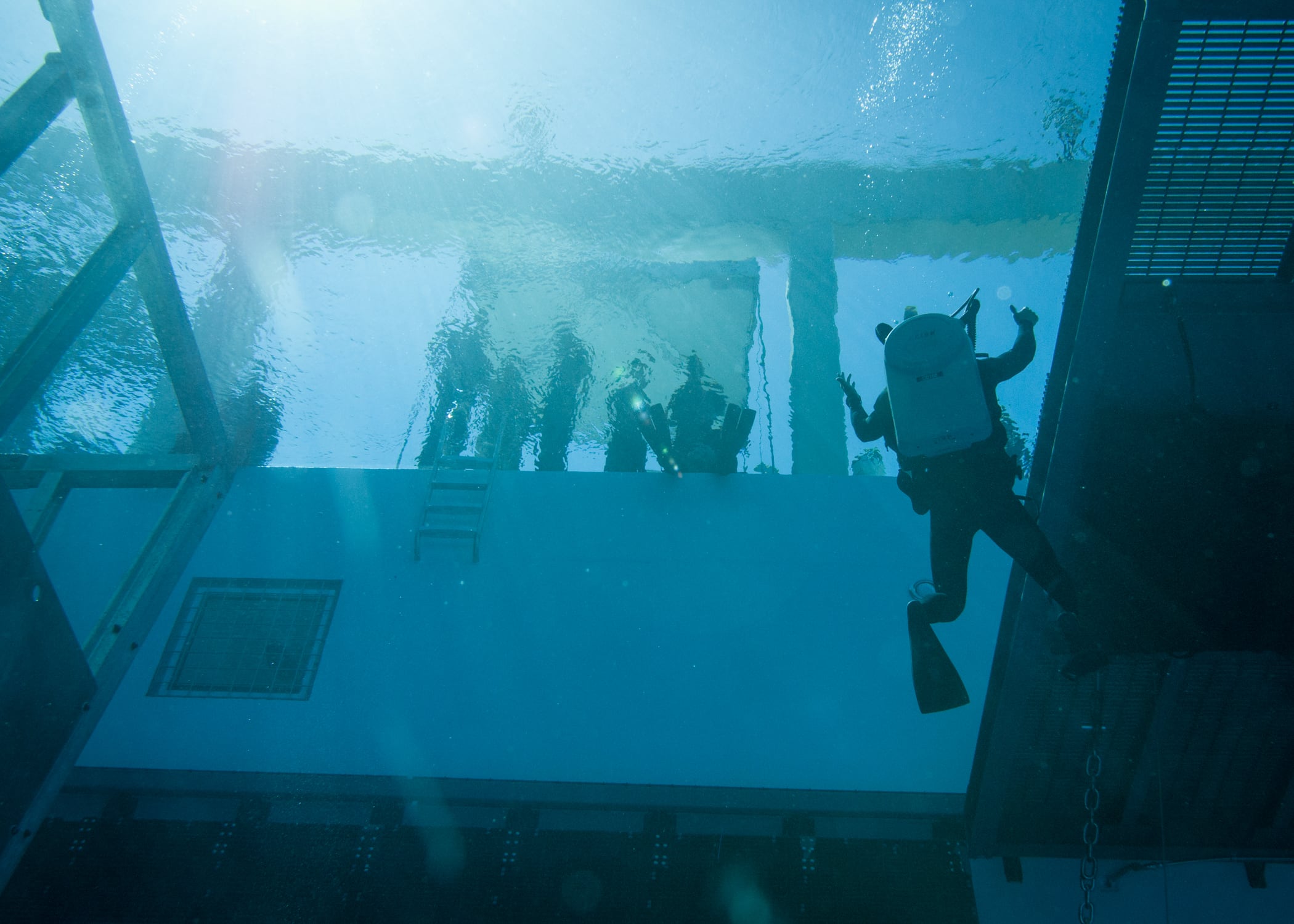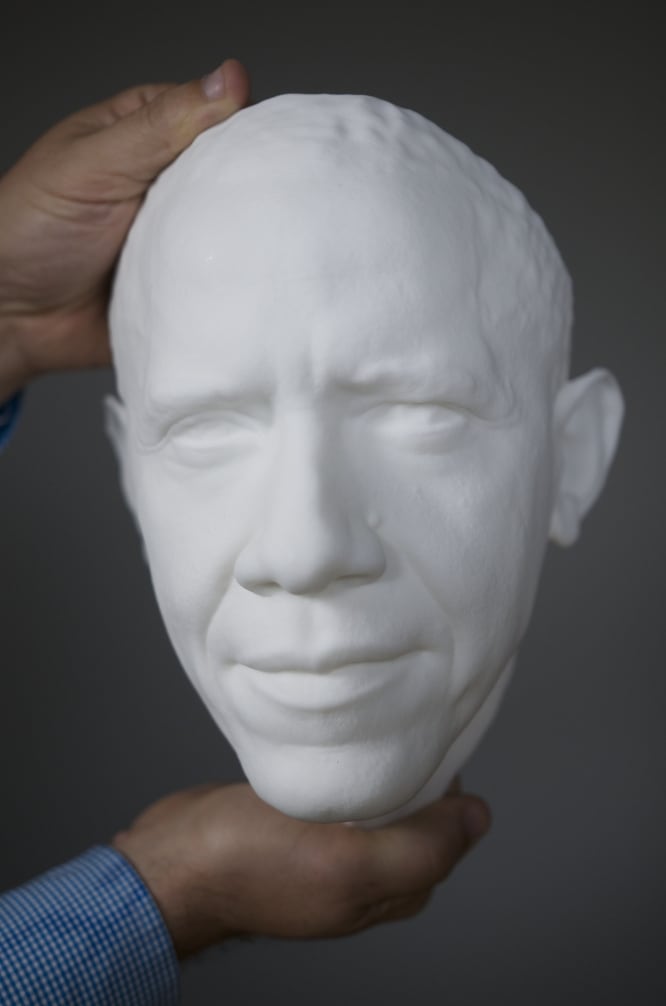New technology, aimed at beefing up the Army's virtual training program, can capture vivid facial features down the pores of the skin.
Using a high-tech "Mobile Light Stage," licensed from the University of Southern California, Army researchers can use a battery of special LED lights and high speed cameras to capture the a person's facial features. Most recently, the setup produced a hyper realistic bust of President Barack Obama, on display in December at the Smithsonian Castle.
The Army wants to harness the stage's capability for simulations in its Emergent Leader Immersive Training Environment (ELITE) program.
It could mean much more sophisticated interactions between virtual characters during training, said John Hart, program manager for USC's Army-funded Institute for Creative Technologies.
The accuracy of facial features of enemy combatants might not matter so much in a combat simulation; seeing the enemy's pores provides little useful information while shooting at him. But in a number of more personal situations, such as training officers and NCOs to deal with a variety of issues among subordinates, those nuances could make a big difference.
"A lot of it depends on what we're training," Hart said. "In a checkpoint scenario where you're interviewing someone, asking questions (it could be helpful). Face-to-face conversation. Subtle things, facial expression, body movements: that's when it becomes a little more important."

Initially started in 1999, the institute was intended to close a gap between the graphics of video games and what was available in Army-built simulations. More realistic scenarios were needed to improve the degree of engagement in the exercises, Hart said.

The facial features of this 3-D printed bust of President Obama were captured by The University of Southern California's Institute for Creative Technologies.
Photo Credit: Army
"Basically, it went over to PlayStation and X-Box and said 'why does that look like that,'" Hart said. "Can we begin to leverage what the entertainment and gaming industry is doing in the art of the narrative, and bring that together and create a more engaging military simulations that improve training? This research was born out of that."
The ITC is currently funded for a cap of about $235 million over a five-year contract. Over a given period, about half of the money directly funds the project, while other funds from various budgets of units interested in developing specific applications. Other private ventures can also fund and develop applications as well.
Applications where the intricate face-depicting technology could come into use, Hart said, include a variety of personnel and leadership training programs. Dealing with sensitive subjects such as sexual harassment offers a particularly topical opportunity given the Army's emphasis on the Sexual Harassment/Assault Response and Prevention program. Hart said the ITC has begun working on SHARP scenarios including counseling and interviewing victims and witnesses.
Hart acknowledged there's not a lot of empirical evidence indicating whether or not the improved graphics improve training effectiveness. But he said they do get the soldiers' attention.
"Right now there's not a direct link saying it increases training performance levels, but it does increase the engagement in the training, making it more appealing to the user," Hart said.




